Bronze Casting
Bronze Casting Services – Custom Casting Bronze Alloy Parts China Company
IATF 16949 CERTIFIED CAST MANUFACTURING FOR BRONZE CASTINGS
What Is Bronze Casting? The ancient Chinese bronzes were originally made of natural copper. In the early Shang Dynasty, it was possible to use fire to make bronze castings made of copper-tin alloy. At present, the known manufacturing methods of ancient Chinese bronzes mainly use fan casting methods, and a small number of bronzes with complex structures and complicated patterns are also used by lost wax method, casting method, welding method, etc. Different production methods will leave different marks on the utensils.
Cast bronze originally only referred to tin bronze. Later, due to the adoption of various alloying elements, new types of bronzes other than tin bronze appeared, such as aluminum bronze, silicon bronze, manganese bronze, chromium bronze, beryllium bronze and lead bronze.
Cast bronze is bronze used to produce castings. Bronze castings are widely used in machinery manufacturing, ships, automobiles, construction and other industrial sectors, forming a cast bronze series in heavy non-ferrous metal materials. Commonly used cast bronzes are tin bronze, lead bronze, manganese bronze and aluminum bronze.
Need a bronze material casting by an experienced and reliable mass production components manufacturer? Minghe is a China top casting production and manufacturing company, provides best bronze casting service, and offer high quality custom casting of bronze parts for industrial applications such as electronics, medical, food, semiconductor, mechanical, automotive, transportation and more. With over 35 years of experience, we have the technical and manufacturing expertise to produce precision custom bronze parts that will meet your exceed your application requirements. We also have capabilities to offer bronze parts of die casting,investment casting, sand casting, die-cutting, grinding, bending, CNC machining, and welding.
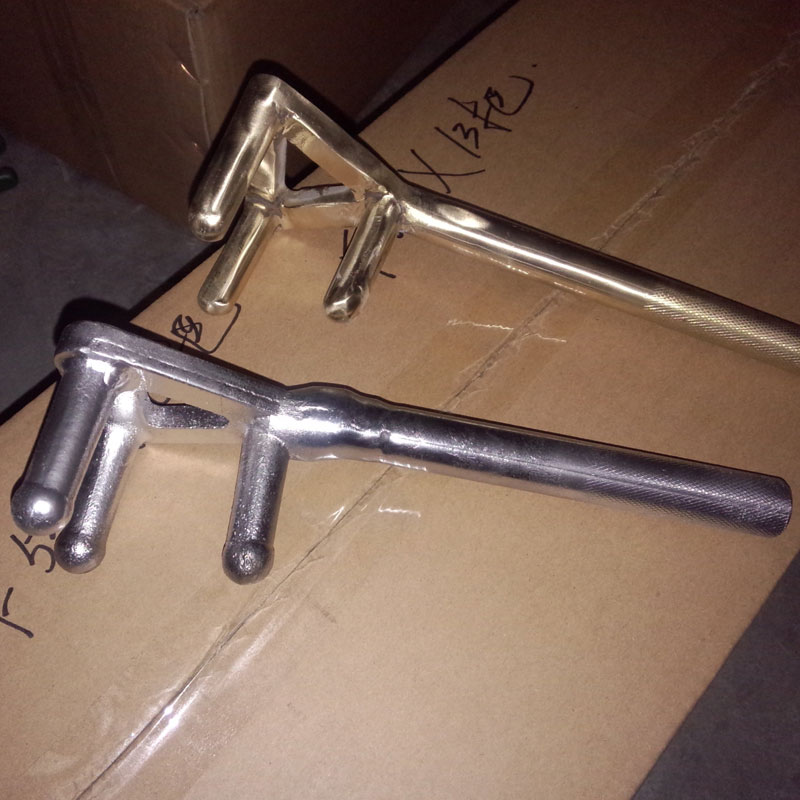

Contact our bronze casting part engineer today to discuss the specifics of your complex projects.
The Casting Of Tin bronze
The volume shrinkage of Cu-Sn alloy is very small (the linear shrinkage rate is 1.45% ~ 1.5%), and it is easy to produce complex castings with accurate dimensions and crafts with clear patterns. Casting tin bronze generally adds elements such as zinc, lead, and phosphorus. Phosphates have high hardness, wear resistance, and good abrasive properties. In wear-resistant tin bronze, the phosphorus content can be as high as 1.2%. Zinc can improve the fluidity of the alloy and reduce the anti-segregation tendency of tin bronze. Lead significantly improves the wear resistance and machinability of the alloy. Cast tin bronze is used as wear-resistant and corrosion-resistant parts.
- - Tin phosphor bronze. Phosphorus is a good deoxidizer for copper alloys, which can increase the fluidity of the alloy, improve the process and mechanical properties of tin bronze, but increase the degree of reverse segregation. The ultimate solubility of phosphorus in tin bronze is 0.15%. When it is too much, α+δ+Cu3P ternary eutectic will be formed, with a melting point of 628℃. It is easy to produce hot brittleness during hot rolling and can only be cold worked. Therefore, the phosphorus content in the deformed tin bronze should not be greater than 0.5%, and the phosphorus should be less than 0.25% during hot working. Phosphorus-containing tin bronze is a well-known elastic material. During processing, it is necessary to control the grain size before cold working and low temperature annealing after processing. The strength, elastic modulus and fatigue strength of fine-grain processed materials are higher than those of coarse-grain processed materials, but the plasticity is lower. The cold-worked material is annealed at a low temperature of 200-260°C for 1 to 2 hours to produce an annealing hardening effect, which can further improve the strength, plasticity, elastic limit and elastic modulus of the product, and increase the stability of elasticity.
- - Tin-zinc bronze. A large amount of zinc is dissolved in the copper-tin alloy, and the amount of zinc added in the wrought tin bronze is generally not more than 4%. Zinc can improve the fluidity of the alloy, narrow the crystallization temperature range, and reduce reverse segregation.
- - Tin-zinc-lead bronze. Lead is not actually dissolved in the copper-tin alloy. It is distributed among the dendrites as single-phase, black inclusions. The distribution of lead in the ingot is not easy to be uniform, usually adding a small amount of nickel can improve its distribution and refine the structure. Lead reduces the friction coefficient of tin bronze, improves wear resistance and machinability, but slightly reduces mechanical properties. 3% to 5% of zinc is often added to the copper-tin-lead alloy to further improve the mechanical properties. Adding 0.02%~0.1% zirconium or 0.02%~0.1% boron, especially adding 0.02%~0.2% rare earth elements can refine the lead particles and make them evenly distributed, so as to improve the structure, casting and mechanical properties of lead-containing tin bronze.
The Casting Of Bronze Without Tin
- - Casting lead bronze has high mechanical properties, corrosion resistance, wear resistance, good fluidity, and can cast dense castings.
- - Casting manganese bronze is generally added with aluminum, iron, nickel and other elements, which are corrosion-resistant and heat-resistant, and are suitable for making parts that work at high temperatures.
- - Cast aluminum bronze is generally added with iron, manganese, nickel and other elements, which is suitable for making high-strength and corrosion-resistant parts.
The Chemical Composition And Use Of Commonly Used Cast Bronze
| Brand | Nominal Composition/% | Application |
|
|
|
|
|
|
|
|
|
|
|
|
Minghe Casting, located in Dongguan, China, has convenient transportation. Mainly engaged in the casting and processing of special grades of copper alloys and aluminum alloys. Copper alloy grades include aluminum bronze, silicon bronze, aluminum brass, aluminum nickel bronze, tin bronze, manganese brass, red copper, brass, etc. C94400, C95800, C83600, 10-2, 9-2, CuAl5Sn5Zn5, CuAl9, CuAl9Fe, etc. Etc., with professional testing equipment spectrum analyzer to ensure the accuracy of the chemical composition of the material. Processing equipment includes a full set of processing equipment such as general lathes, milling machines, CNC, machining centers, etc.
The Minghe Case Studies Of Bronze Casting
Minghe Casting fabrication services are available for both design to reality and low to high volume production runs of your aluminum casting parts,zinc casting parts,magnesium casting,titanium casting parts,stainless steel casting parts,copper casting parts,steel casting parts, brass casting parts and more.
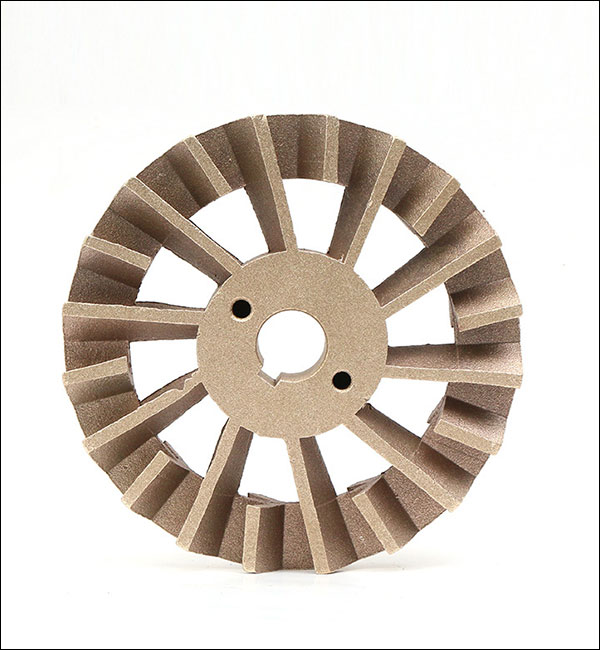
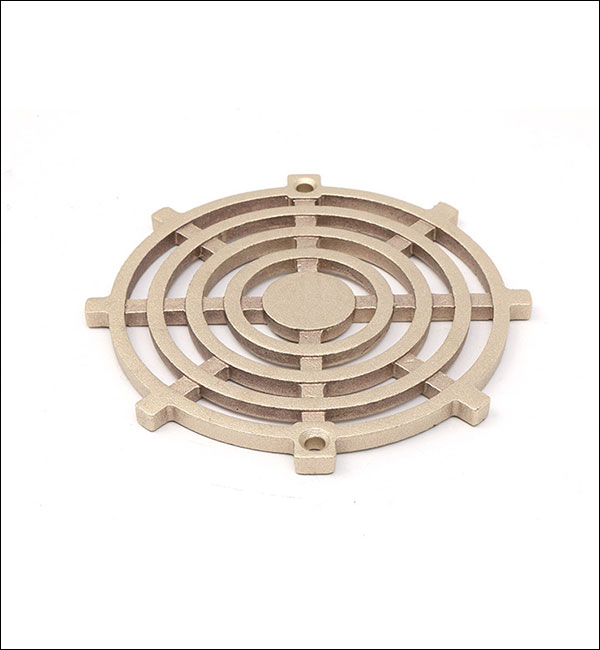
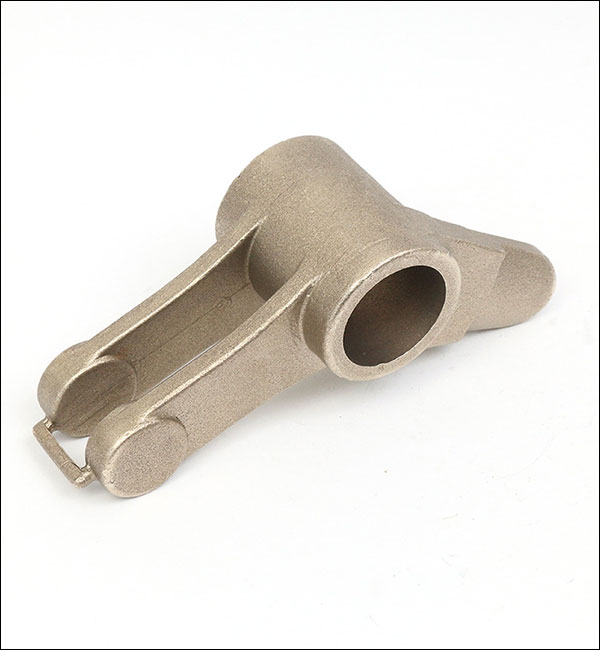
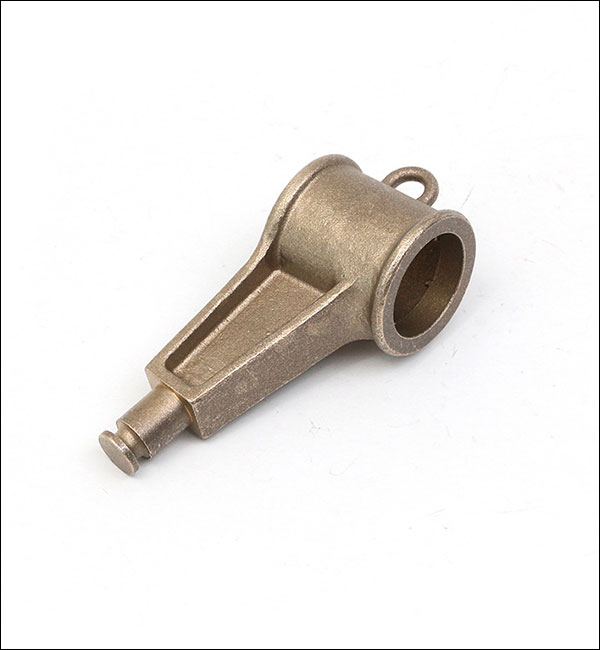
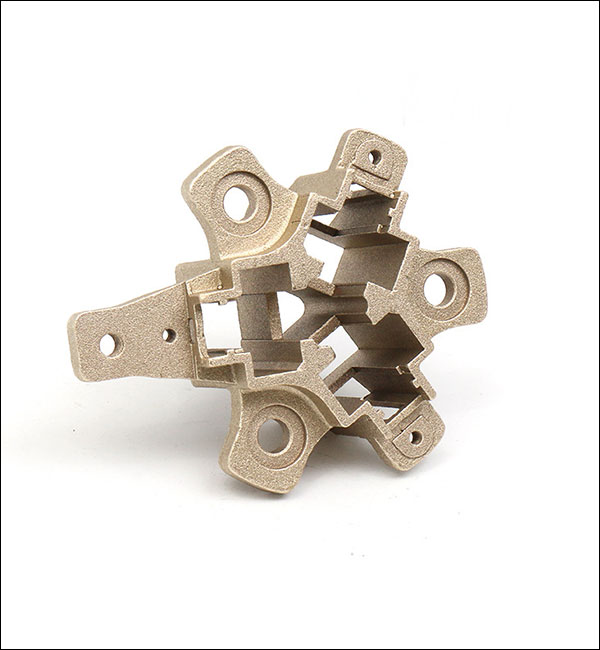
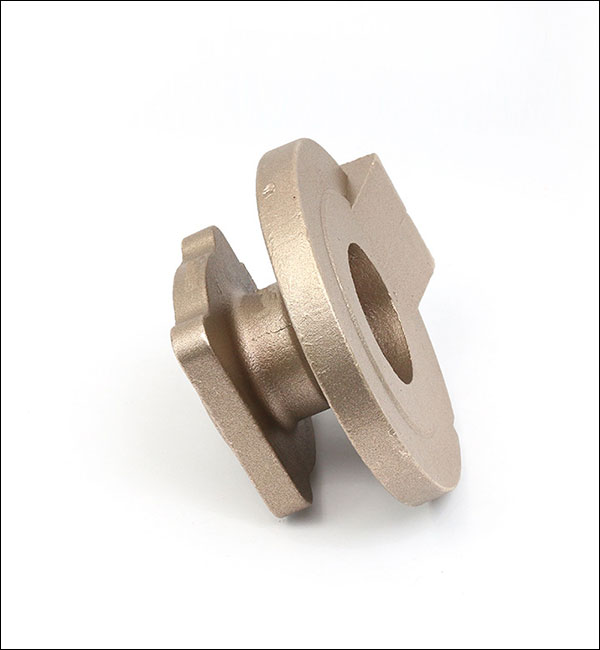
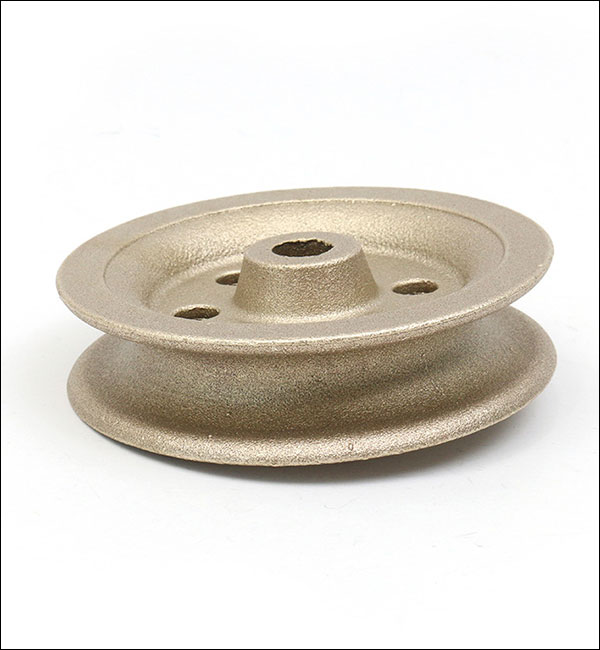
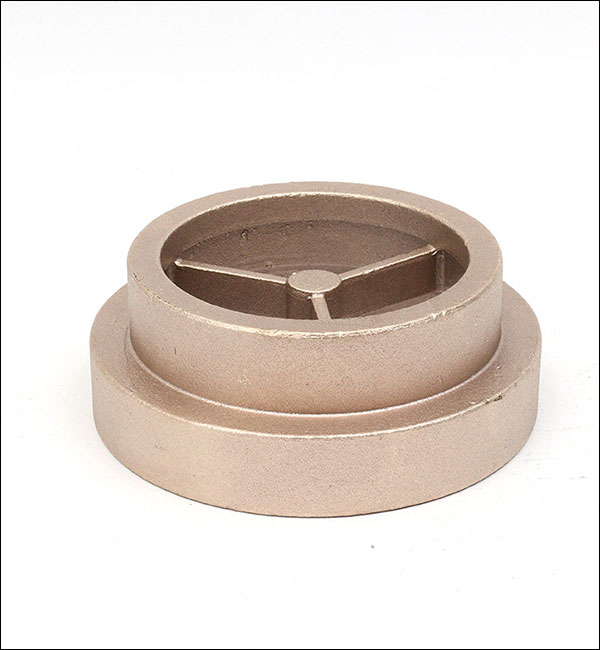
Go To View More Casting Parts Cases Studies >>>
Choose the Best Bronze Casting Supplier
Currently, our bronze casting parts are exported to America, Canada, Australia, United Kingdom, Germany, France, Sout Africa, and many other countries all over the world. We are ISO9001-2015 registered and also certified by SGS.
Our custom bronze casting fabrication service provides durable and affordable castings that meet your specifications for automotive, medical, aerospace, electronics, food, construction, security, marine, and more industries. Fast to send your inquiry or submit your drawings to get a free quote in the shortest time.Contact us or Email sales@hmminghe.com to see how our people, equipment and tooling can bring the best quality for the best price for your bronze casting project.
We Provide Casting Services Include:
Minghe Casting services working with sand casting、metal casting 、investment casting lost foam casting, and more.
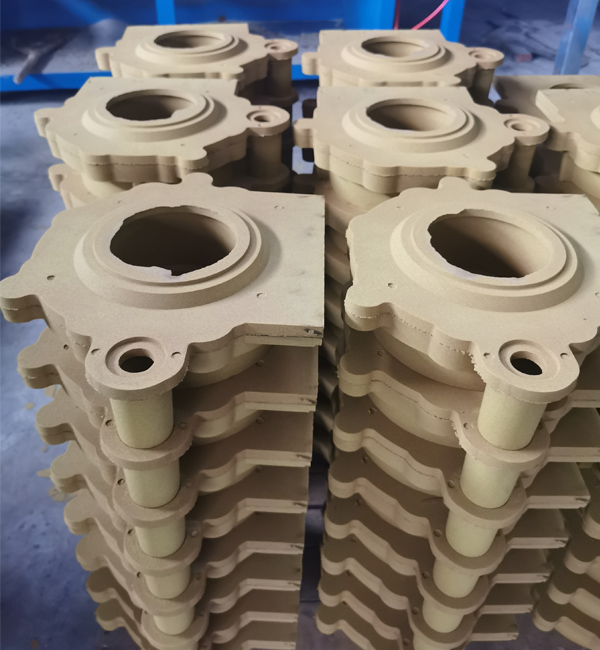
Sand Casting
Sand Casting is a traditional casting process that uses sand as the main modeling material to make molds. Gravity casting is generally used for sand molds, and low-pressure casting, centrifugal casting and other processes can also be used when there are special requirements. Sand casting has a wide range of adaptability, small pieces, large pieces, simple pieces, complex pieces, single pieces, and large quantities can be used.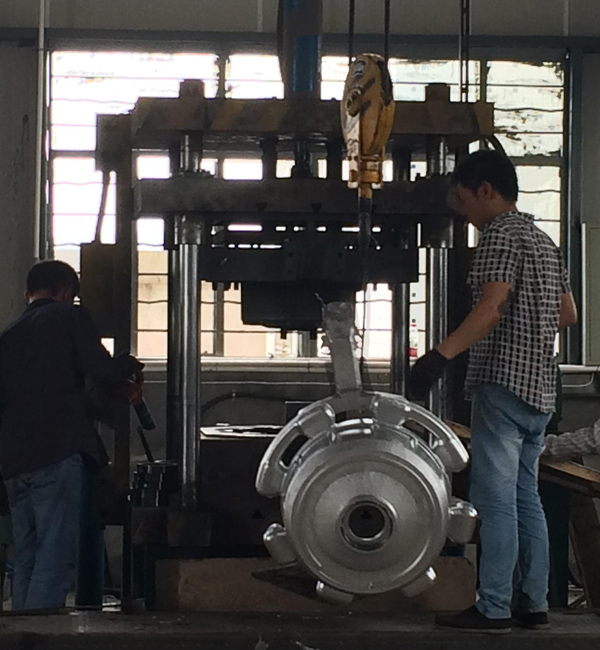
Permanent Mold Casting
Permanent Mold Casting have a long life and high production efficiency, not only have good dimensional accuracy and smooth surface, but also have higher strength than sand castings and are less likely to be damaged when the same molten metal is poured. Therefore, in the mass production of medium and small non-ferrous metal castings, as long as the melting point of the casting material is not too high, metal casting is generally preferred.
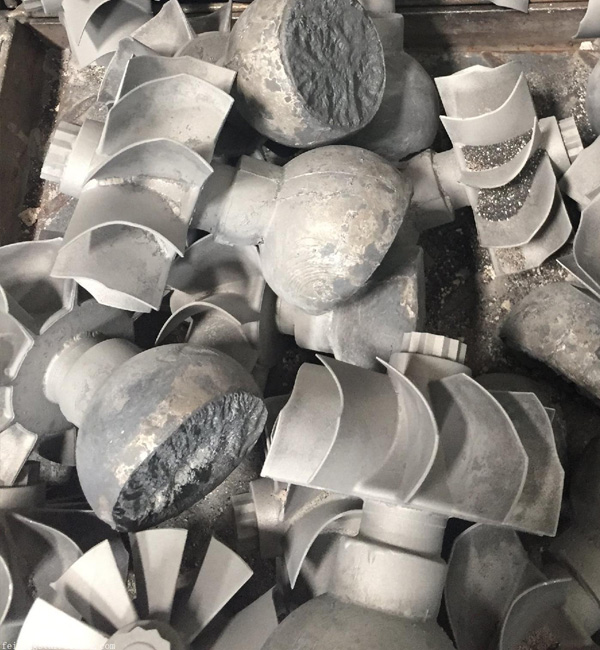
Investment Casting
The biggest advantage of investment casting is that because investment castings have high dimensional accuracy and surface finish, they can reduce machining work, but leave a little machining allowance on the parts with higher requirements. It can be seen that the use of investment casting method can save a lot of machine tool equipment and processing man-hours, and greatly save metal raw materials.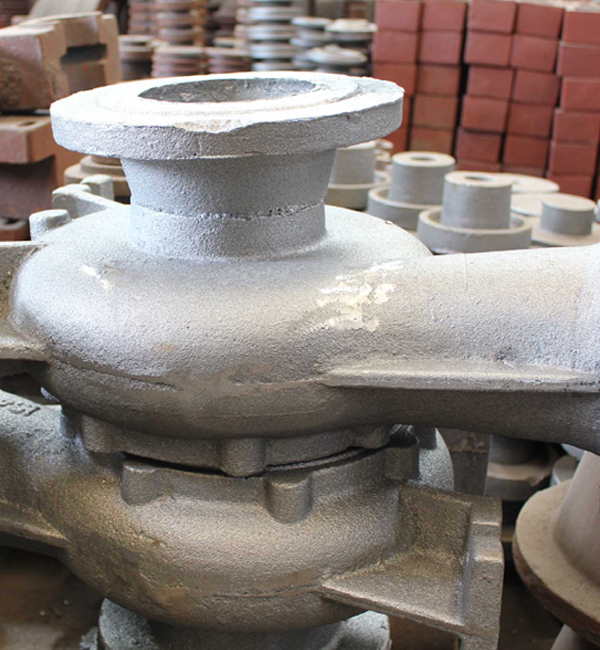
Lost Foam Casting
Lost foam casting is to combine paraffin wax or foam models similar to the casting size and shape into model clusters. After brushing and drying refractory coatings, they are buried in dry quartz sand for vibration modeling, and poured under negative pressure to gasify the model. , The liquid metal occupies the position of the model and forms a new casting method after solidification and cooling.
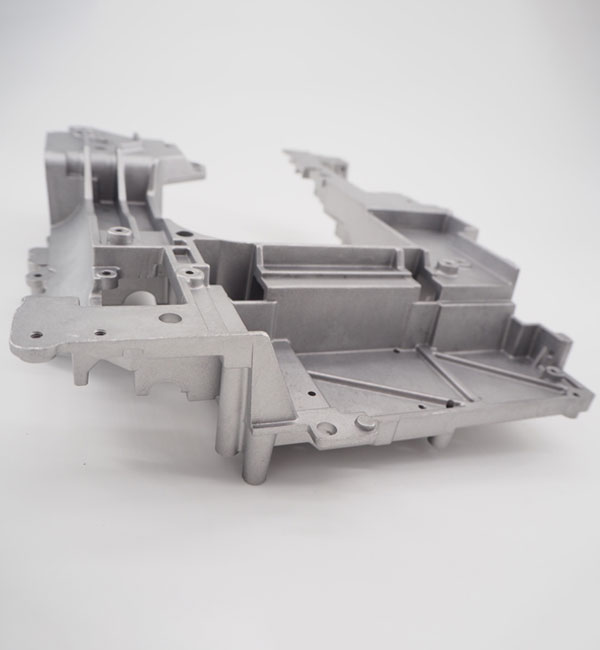
Die Casting
Die casting is a metal casting process, which is characterized by applying high pressure to the molten metal using the cavity of the mold. Molds are usually made of higher-strength alloys, and this process is somewhat similar to injection molding. Most die castings are iron-free, such as zinc, copper, aluminum, magnesium, lead, tin, and lead-tin alloys and their alloys. Minghe has been China's top die casting service since 1995.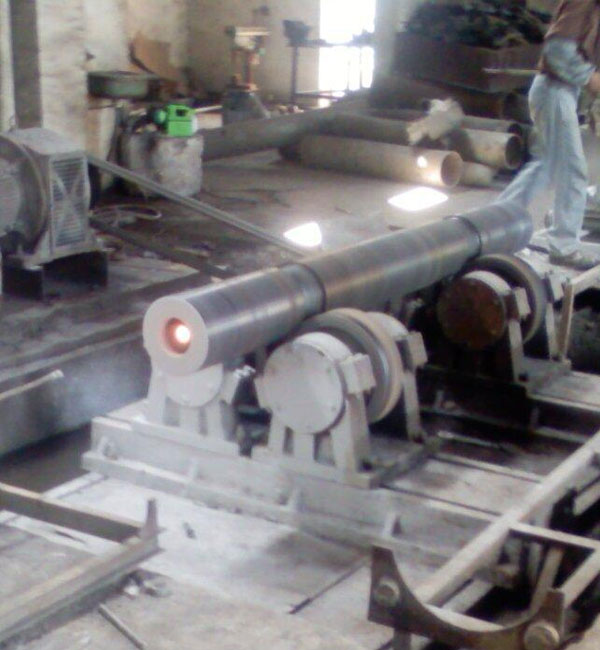
Centrifugal Casting
Centrifugal Casting is a technique and method of injecting liquid metal into a high-speed rotating mold, so that the liquid metal is centrifugal motion to fill the mold and form a casting. Due to the centrifugal movement, the liquid metal can fill the mold well in the radial direction and form the free surface of the casting; it affects the crystallization process of the metal, thereby improving the mechanical and physical properties of the casting.
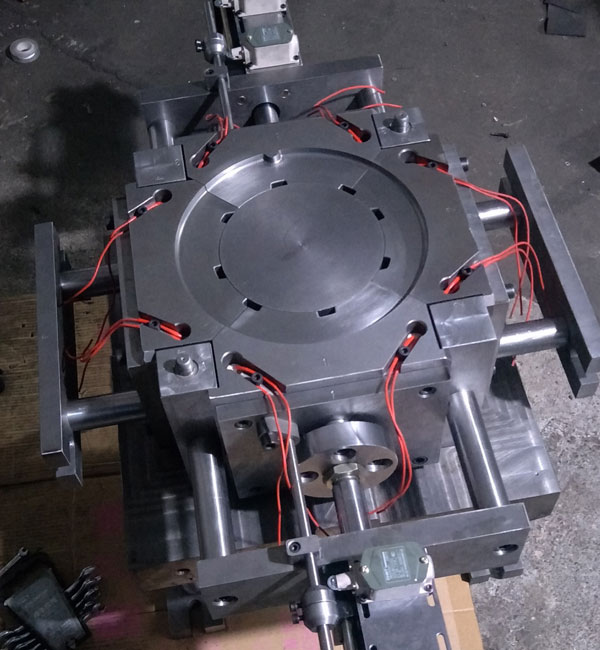
Low Pressure Casting
Low Pressure Casting means that the mold is generally placed above a sealed crucible, and compressed air is introduced into the crucible to cause a low pressure (0.06~0.15MPa) on the surface of the molten metal, so that the molten metal rises from the riser pipe to fill the mold and control Solidified casting method. This casting method has good feeding and dense structure, easy to cast large thin-walled complex castings, no risers, and a metal recovery rate of 95%. No pollution, easy to realize automation.
Vacuum Casting
Vacuum Casting is a casting process in which metal is smelted, poured and crystallized in a vacuum chamber. Vacuum casting can minimize the gas content in the metal and prevent metal oxidation. This method can produce very demanding special alloy steel castings and extremely easily oxidized titanium alloy castings. Minghe Casting has a vacuum casting sub-factory, which is enough to solve all the problems related to vacuum casting


